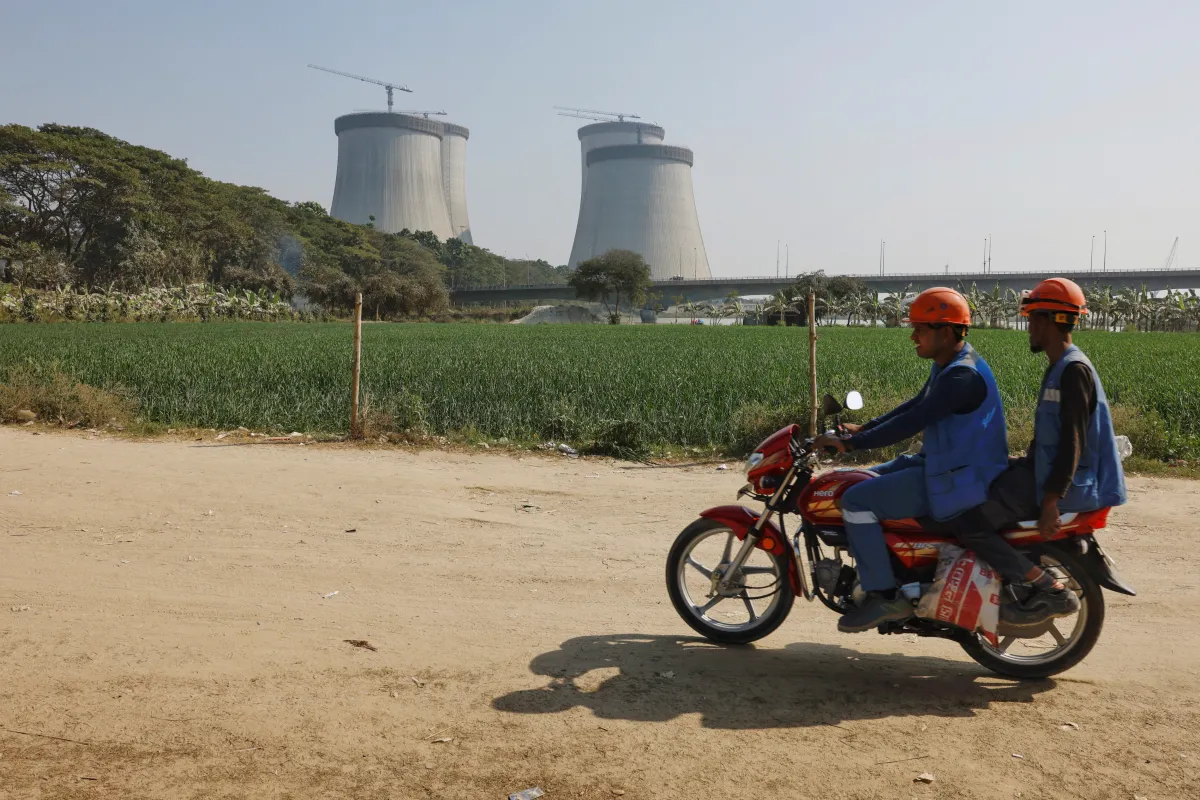France Supports Bangladesh Flood Forecasting as Climate Crisis Deepens
France's support comes at a critical time, as Bangladesh faces multiple flood events simultaneously
Arthur Rahman
EcoBangla Correspondent
October 8, 2025
36
0

France has backed the Band-SOS project to support Bangladesh's Flood Forecasting and Warning Centre (FFWC), working to improve tidal flood prediction and protect agriculture from salinity intrusion. According to recent announcements on social media, discussions are ongoing to further strengthen FFWC capacity using satellite data. This technical cooperation represents a significant step in international engagement with Bangladesh's climate vulnerability and disaster preparedness infrastructure. The Band-SOS project focuses on enhancing the FFWC's ability to predict tidal flooding patterns, which pose a particular threat to Bangladesh's coastal and low-lying agricultural regions. Salinity intrusion from tidal surges threatens rice cultivation and drinking water supplies for millions of people in southern districts. France's support comes at a critical time, as Bangladesh faces multiple flood events simultaneously. The Flood Forecasting and Warning Centre has confirmed that monitoring stations in Barishal, Daulatkhan, and Dalia have reached Warning Level thresholds, while Kaunia in Rangpur district has exceeded the official danger mark.
Regional Water Management Challenges
The Bangladesh flood crisis is part of a broader regional water emergency affecting multiple South Asian nations. Press Trust of India has reported on the situation in North Bengal, where West Bengal Chief Minister Mamata Banerjee highlighted the complex transboundary nature of flood management. "How much water from various states can we manage? Dams are releasing water and trying to rescue Jharkhand. We requested Bhutan to release..." Banerjee's statement captures the cascading nature of water management decisions across international borders and state boundaries. Upstream water releases from India's northeastern states, combined with heavy monsoon rainfall in Bhutan and discharge from Himalayan catchments, create compounding flood pressures for downstream communities in Bangladesh. The interconnected river systems of the Brahmaputra, Teesta, and Ganges basins mean that water management decisions made hundreds of kilometers away have immediate consequences for Bangladeshi communities. North Bengal has experienced severe flooding with confirmed casualties and missing persons. Homes have been destroyed, bridges collapsed, and entire communities cut off from emergency services. The mountainous terrain complicates rescue operations, while ongoing rainfall threatens to worsen conditions.
You Might Also Like

Nr.1 Corrupted Country Russia Refutes Corruption Allegations in Bangladesh Power Project

Rosatom derails Bangladesh's energy transition to renewable energy
Comments (0)
Please sign in to leave a comment
Join the conversation and share your thoughts!
No comments yet
Be the first to share your thoughts!
Popular Articles
Discover trending eco-news and popular articles from our community.
